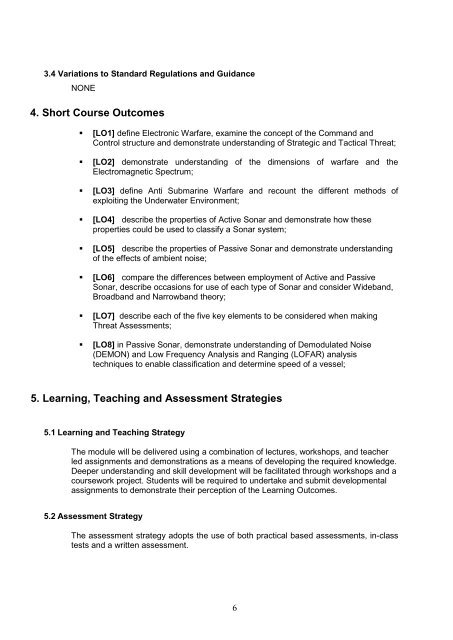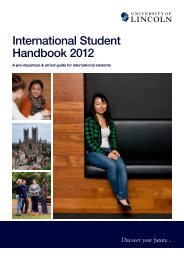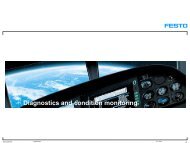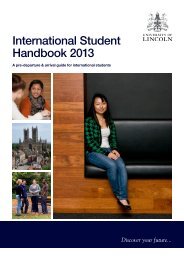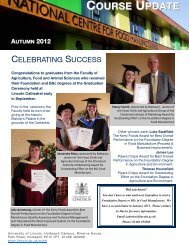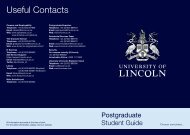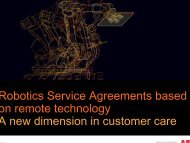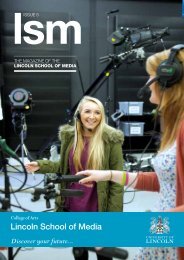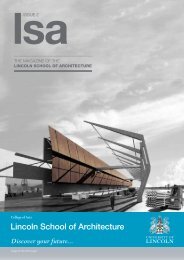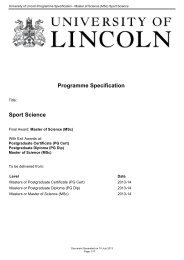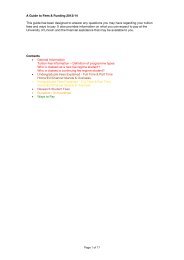Acoustic Analyst and Anti-Submarine Warfare Fundamentals (PDF)
Acoustic Analyst and Anti-Submarine Warfare Fundamentals (PDF)
Acoustic Analyst and Anti-Submarine Warfare Fundamentals (PDF)
- No tags were found...
You also want an ePaper? Increase the reach of your titles
YUMPU automatically turns print PDFs into web optimized ePapers that Google loves.
3.4 Variations to St<strong>and</strong>ard Regulations <strong>and</strong> Guidance<br />
NONE<br />
4. Short Course Outcomes<br />
• [LO1] define Electronic <strong>Warfare</strong>, examine the concept of the Comm<strong>and</strong> <strong>and</strong><br />
Control structure <strong>and</strong> demonstrate underst<strong>and</strong>ing of Strategic <strong>and</strong> Tactical Threat;<br />
• [LO2] demonstrate underst<strong>and</strong>ing of the dimensions of warfare <strong>and</strong> the<br />
Electromagnetic Spectrum;<br />
• [LO3] define <strong>Anti</strong> <strong>Submarine</strong> <strong>Warfare</strong> <strong>and</strong> recount the different methods of<br />
exploiting the Underwater Environment;<br />
• [LO4] describe the properties of Active Sonar <strong>and</strong> demonstrate how these<br />
properties could be used to classify a Sonar system;<br />
• [LO5] describe the properties of Passive Sonar <strong>and</strong> demonstrate underst<strong>and</strong>ing<br />
of the effects of ambient noise;<br />
• [LO6] compare the differences between employment of Active <strong>and</strong> Passive<br />
Sonar, describe occasions for use of each type of Sonar <strong>and</strong> consider Wideb<strong>and</strong>,<br />
Broadb<strong>and</strong> <strong>and</strong> Narrowb<strong>and</strong> theory;<br />
• [LO7] describe each of the five key elements to be considered when making<br />
Threat Assessments;<br />
• [LO8] in Passive Sonar, demonstrate underst<strong>and</strong>ing of Demodulated Noise<br />
(DEMON) <strong>and</strong> Low Frequency Analysis <strong>and</strong> Ranging (LOFAR) analysis<br />
techniques to enable classification <strong>and</strong> determine speed of a vessel;<br />
5. Learning, Teaching <strong>and</strong> Assessment Strategies<br />
5.1 Learning <strong>and</strong> Teaching Strategy<br />
The module will be delivered using a combination of lectures, workshops, <strong>and</strong> teacher<br />
led assignments <strong>and</strong> demonstrations as a means of developing the required knowledge.<br />
Deeper underst<strong>and</strong>ing <strong>and</strong> skill development will be facilitated through workshops <strong>and</strong> a<br />
coursework project. Students will be required to undertake <strong>and</strong> submit developmental<br />
assignments to demonstrate their perception of the Learning Outcomes.<br />
5.2 Assessment Strategy<br />
The assessment strategy adopts the use of both practical based assessments, in-class<br />
tests <strong>and</strong> a written assessment.<br />
6


